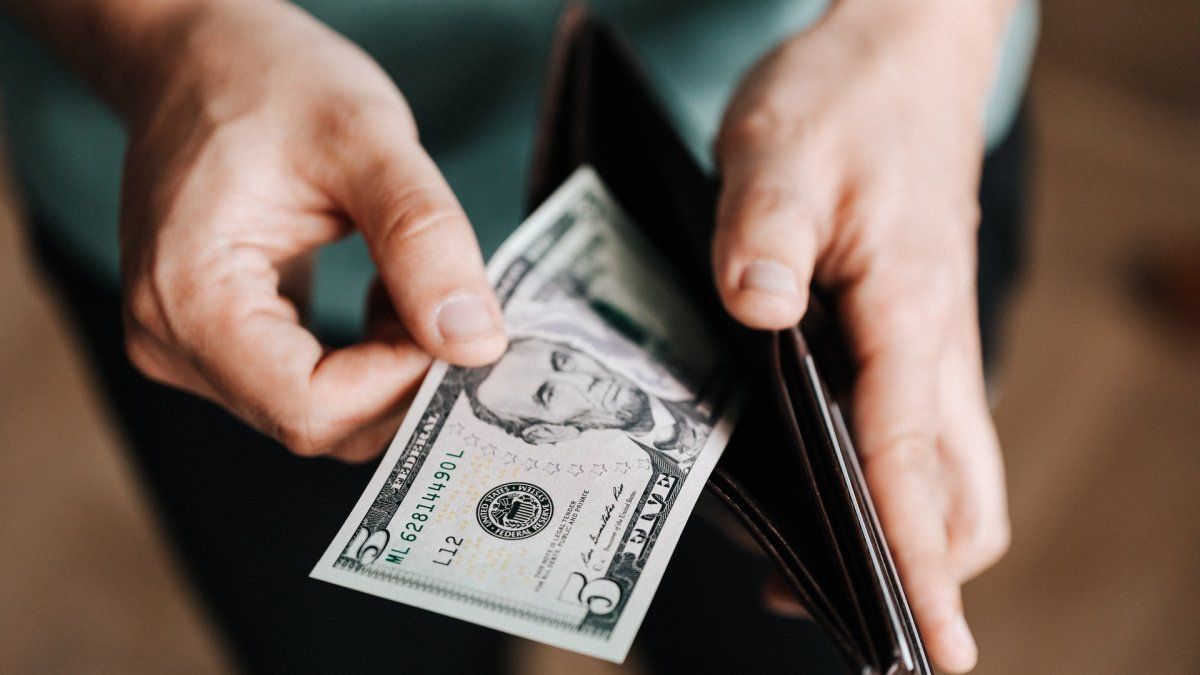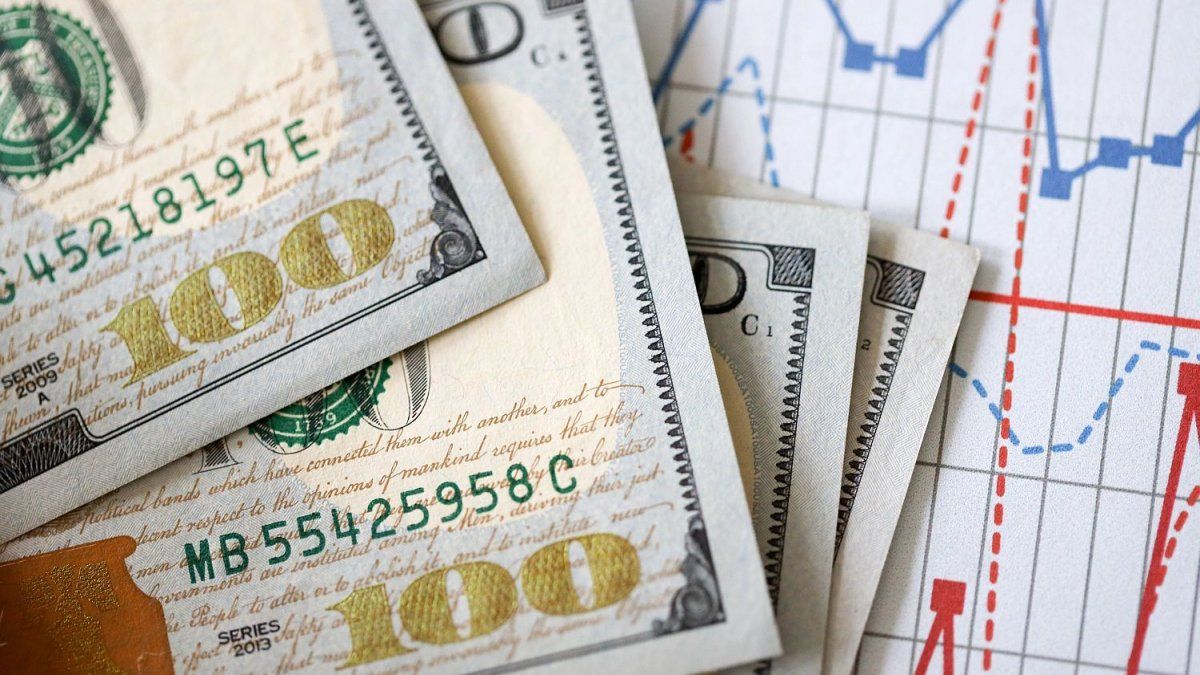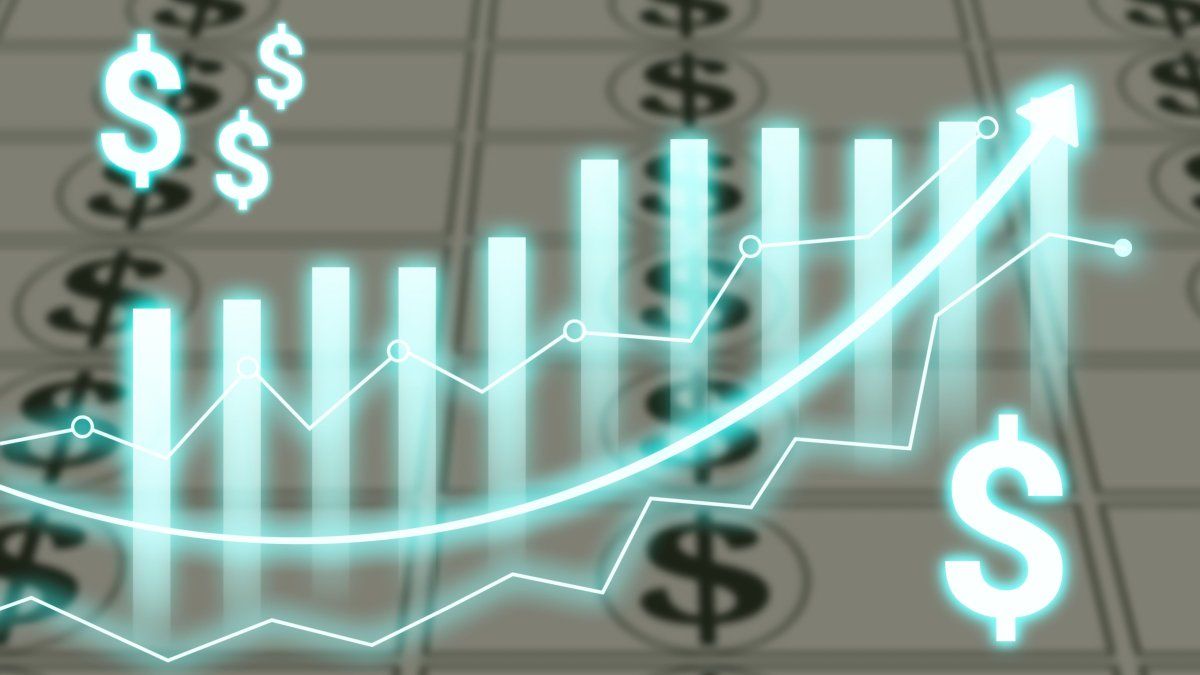According to this work, there are two possible schemes: partial dollarization, which consists of allowing the use of the dollar as currency at par with the peso: it is similar to what happens in Panama, where both the balboa and the dollar have legal tender.
In this scheme, “the public decides whether to use the peso or the dollar and the Central Bank maintains its role as lender of last resort, being able to provide liquidity to solvent banks that may experience transitory situations of financial stress, particularly in circumstances of economic crisis.
It could also continue financing the public deficit, although less and less, since the monetary issue would generate an increase in the exchange rate, liquefying the value of the peso,” explained the director of the CENE, Víctor Beker.
The other scheme is official dollarization: in this case, the dollar becomes the only legal tender, like the proposal made by radical deputy Alejandro Cacace. This implies that the Central Bank must withdraw all pesos in circulation and exchange them for dollars from its reserves.
As the monetary base is of the order of 3.7 trillion pesos and the freely available reserves are estimated at around US$6,000 million, the swap should be carried out at around $620 per dollar. Consequently, whoever receives a salary of $100,000 today would receive US$160, the report estimated.
“If, on the other hand, the swap were to be carried out at a rate of $200 per dollar, it would be necessary to have US$18,000 million in reserves, that is, it would be necessary to obtain an external loan of US$12,000 million with destination for this operation,” Beker pointed out.
The economist further assessed: “With the Central Bank unable to issue new pesos and, of course, dollars, the State could only finance a possible deficit by issuing securities in dollars. Therefore, the level of public spending would be conditioned to the indebtedness capacity of the treasury.”
“Once the initial adjustment of prices to the parity chosen for the swap has taken place, the inflation rate for tradable goods would converge with that of the United States. But this should not necessarily happen for non-tradable goods: a hairdresser in Buenos Aires can increase the price of the haircut without fear that his clients will opt for a colleague from Brooklyn who charges cheaper,” he explained.
And he added that, consequently, “local inflation could be significantly higher than that of the United States, to the extent that there is a change in relative prices in favor of non-tradable goods, as occurred during Convertibility.”
In this sense, he warned that the increase in non-tradable inputs “could erode the competitiveness of our exports”, and added: “On the other hand, if it is not accompanied by an increase in the money supply, which will depend on the Reserve Federal, the increase in domestic prices could be accompanied by a drop in the level of activity”. The interest rate, for its part, would drop significantly when the risk of devaluation disappears, but not the country’s risk, the economist considered.
At the same time, he indicated that the differential between the local rate and the international rate would shrink, to the extent that capital inflows increase the local supply of funds, but it would not be eliminated.
“With the disappearance of the Central Bank as a lender of last resort, in the event of an economic crisis, that role could only be fulfilled by the IMF or the Federal Reserve”he concluded.
Source: Ambito
David William is a talented author who has made a name for himself in the world of writing. He is a professional author who writes on a wide range of topics, from general interest to opinion news. David is currently working as a writer at 24 hours worlds where he brings his unique perspective and in-depth research to his articles, making them both informative and engaging.




